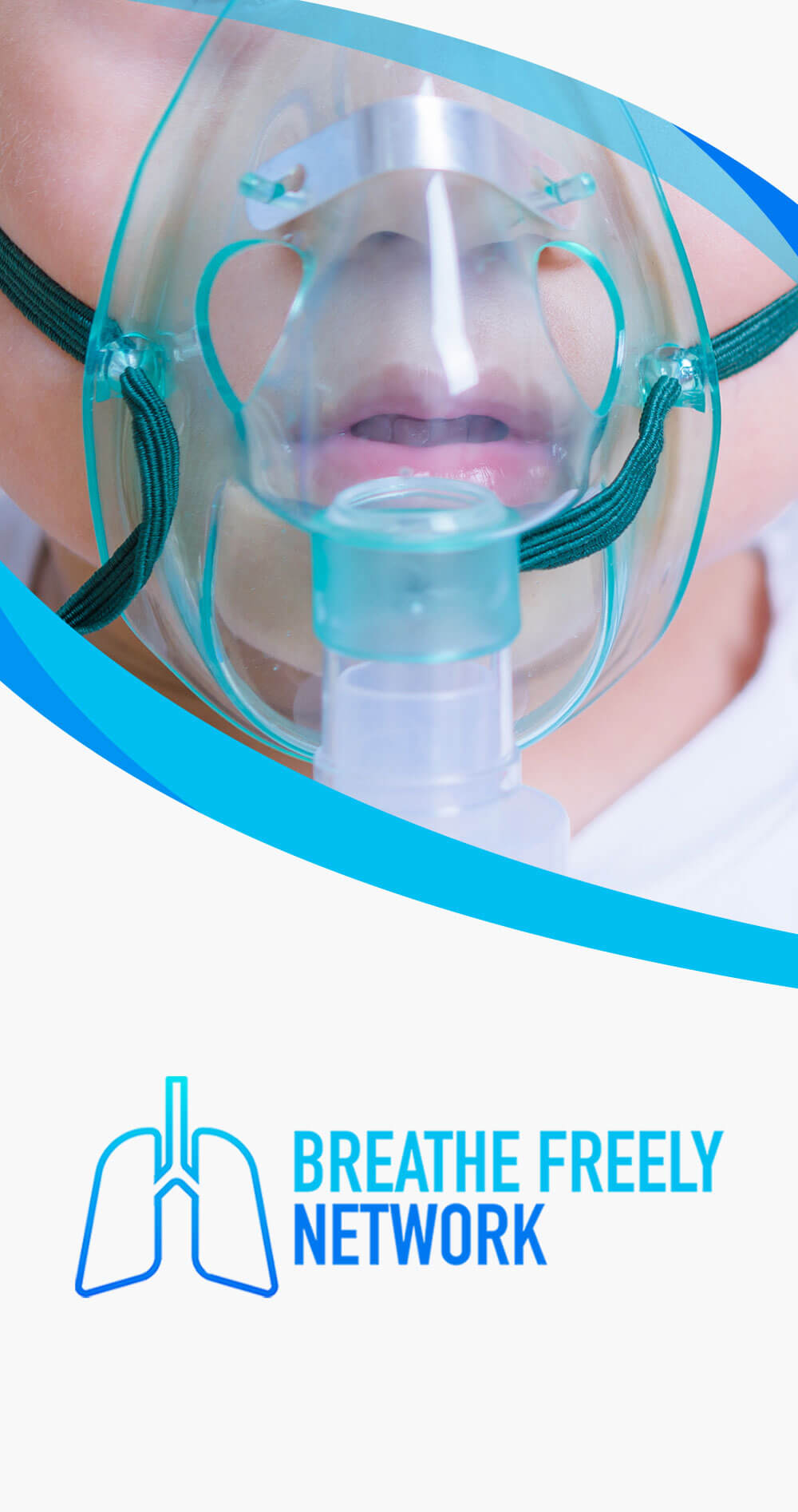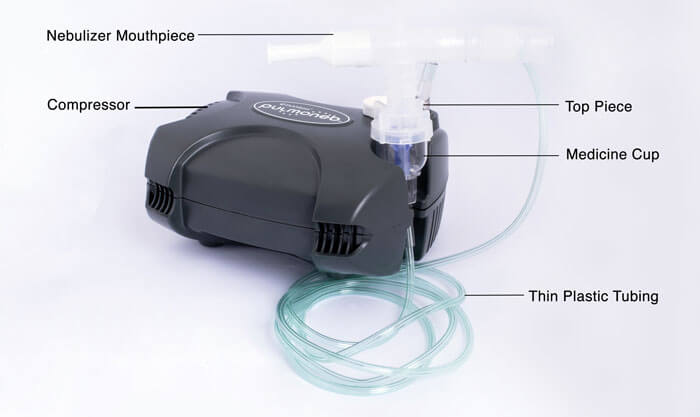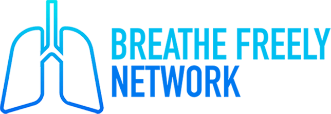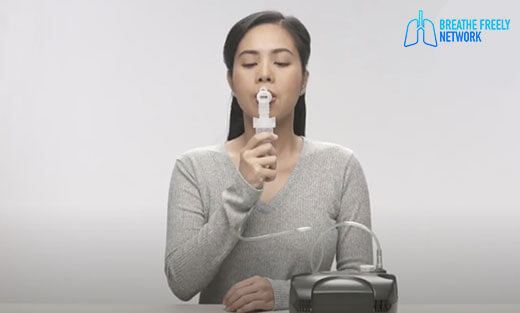

Nebulizer
What is a Nebulizer?
Nebulizers are devices that convert a liquid solution of the drug into a fine mist(aerosol), which contains a wide range of particle sizes suitable for patient inhalation. The continuous flow of drug particles means no patient coordination is required and a large dose of drug is therefore delivered to the airways.
Nebulizers are commonly used for the treatment of asthma, cystic fibrosis, COPD and other respiratory diseases or disorders. There are many types of medicine that can be breathed in by nebulizer.

Parts of a Nebulizer
Medicine Cup holds the medicine to be nebulized and also contains the baffle. A baffle in the nebulizer bowl is impacted by larger particles, retaining and returning them to the solution in the nebulizer bowl to be re-atomized. The Top Piece serves as a cover against spillage and also allows connection of the tubings.
The face mask is easy for the patient to use and is necessary if patient is unable to use a mouthpiece. The disadvantage of using a face mask is that drug can be deposited on the nasal passage or on the face.
A thin plastic tubing connects the medicine cup with the face mask or mouthpiece to the compressor machine. It conveys the compressed gas from compressor to nebulizer.
Air machine (compressor) produces the supply of pressurized gas/air, which gives the driving force for the nebulizer to work.
How to use your nebulizer?
(Precautions when using a nebulizer during the pandemic)
The Philippine College of Chest Physicians (PCCP) has released practical recommendations and precautions on the use of Aerosol-Generating Machines.
It was stated that due to the risk of viral aerolization and spread, the routine use of nebulization should be avoided specially outside of airborne isolation protocol. Alternatively, if the use of bronchodilators is warranted, the use of metered-dose-inhalers with spacers is recommended.
Each nebulizing machine operates a little differently. It is crucial to read the instructions for the particular device that the doctor has prescribed.
In general, a nebulizer is very easy to use, with only a few basic steps: We divided it into 2 parts, first we need to prepare the nebulizing machine for use and the use or giving of treatment using the nebulizer.
Preparation of the Nebulizer
- Proper Handwashing should always be practiced and be sure your equipment is clean before using it.
- Add the medicine to the medicine cup, according to the doctor’s prescription. Put the right dose of medicine in the neb cup. Some medicines come pre- measured, this is called a unit dose vial.
- Assemble the top piece, tubing, mask, and mouthpiece. Connect the tubing and neb cup. Attach the neb facemask, or mouthpiece, to the neb cup.
- Attach the tubing to the machine, according to the instructions.
- Turn the nebulizer on; they can be battery- or electrically powered.
Using or Giving the Nebulized Treatment
- While using the nebulizer, hold the mouthpiece and medicine cup upright to help deliver all the medication and so the medicine does not spill out.
- Make sure you are sitting up to take the neb. This will let you take deeper breaths to get more medicine into your lungs. Take slow, deep breaths through the mouthpiece and inhale all the medicine.
- You should see a mist come out of the neb facemask, or mouthpiece, when you turn on the machine.
- If using a mouthpiece, place it in your mouth between your teeth. Close your lips around the mouthpiece, so no air leaks out.
- When the facemask is in place, make sure there is no mist leaking out the sides. The mask should feel comfortable, yet snug. There are different size masks, so be sure to get the one that fits your face best.
- Continue taking slow deep breaths. Do this until there is no more mist coming out of the facemask, or mouthpiece. When the mist stops the treatment is done. This could take 10-20 minutes depending on the machine and the amount of medicine.
(Precautions when using a nebulizer during the pandemic)
The Philippine College of Chest Physicians (PCCP) has released practical recommendations and precautions on the use of Aerosol-Generating Machines.
It was stated that due to the risk of viral aerolization and spread, the routine use of nebulization should be avoided specially outside of airborne isolation protocol. Alternatively, if the use of bronchodilators is warranted, the use of metered-dose-inhalers with spacers is recommended.
Nebulizer Cleaning and Storage
- Nebulizers are for single patient use.
- Rinse the device after each use and air dry before reassembling.
- Clean with soap and water at least everyday then rinse throughly.
- Let the device air dry completely before next use.
- Do not submerge the tubing in water.
- Change filter on air compressor based on manufacturer’s intructions.
- Replace nebulizer tubing and parts after 6 months.
You may also use the following disinfecting solutions and soaking times:
- 70% isopropyl alcohol – 5 minutes
- 3% hydrogen peroxide – 30 minutes
After disinfecting you need to rinse the parts with water. For people at higher risk of infection, you can use sterile water. Put the pieces on a clean towel or cloth to air dry.
Storage of Nebulizers
Do not store until they are completely dry—this may take more than 2 hours in hot and humid weather.
If the tubing looks dirty inside, you need to get a new one. Disposable neb cup and tubing sets can be used for two weeks. Reusable neb cup and tubing sets can be used for up to six months.
Store all equipment in a clean, dry place.
The air compressor machine has a filter that will need to be changed – usually if it starts to turn gray you should replace it.








